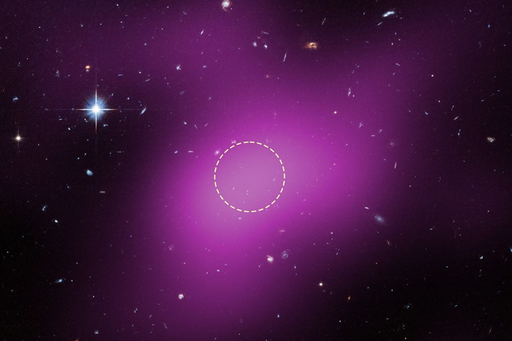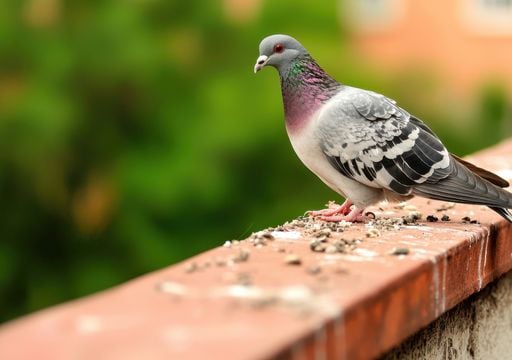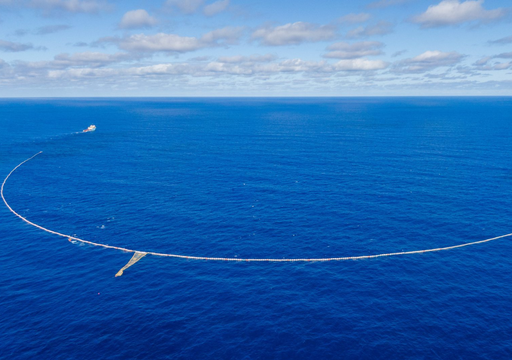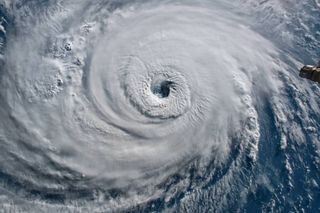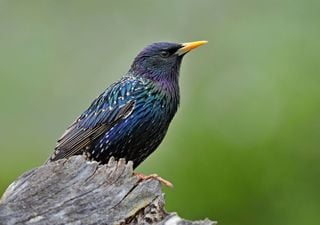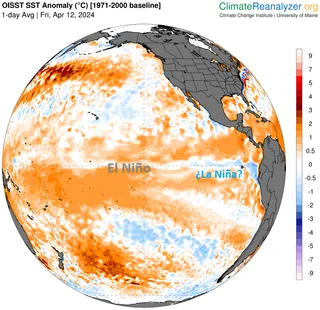Tropical forests need active, fruit eating birds for recovery
Fruit eating birds are vital to ensuring a healthy forest but division of the forest is hindering regeneration efforts.
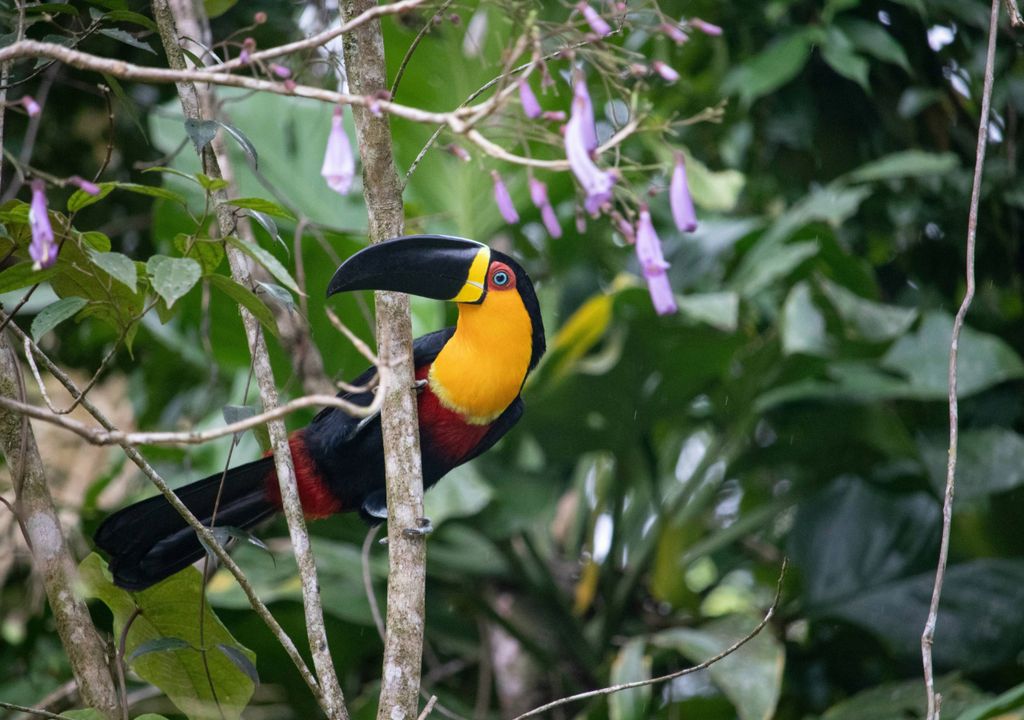
Fruit eating birds are critical to restoring healthy forests, but the division of tropical forests has prevented the free movement of large birds, limiting their ability to disperse seeds and hindering efforts to promote natural forest regeneration, restore biodiversity and sequester carbon.
Previous research established the importance of birds for forest biodiversity, but researchers from the Crowther Lab at ETH Zurich now have a quantitative understanding of their contribution, and have published their results in Nature Climate Change.
Seed dispersal essential for growth
Fruit eating birds play a vital role in forest ecosystems by spreading the seeds of their sustenance as they navigate forested landscape. Between 70 and 90% of tree species in tropical forests and dependant on animal seed dispersal, which is essential for forests growth and functioning.
Focussing on the Atlantic Forest in Brazil – one of the most biologically diverse, but also most fragmented, regions in the world – researchers developed models using ground-based data to compare the carbon storage potential that could be recovered in landscapes with limited fragmentation, with that of highly fragmented landscapes.
The data showed that when wild tropical birds are allowed to move freely across forest landscape, they can increase the carbon storage of regenerating tropical forest by up to 38%. They also found a minimum of 40% forest cover is necessary to maintain across the Atlantic Forest region, with a distance of less than 133m between forested areas to ensure birds can move throughout the landscape and aid ecological recovery.
Size matters
Different bird species have different impacts in terms of seed dispersal, the study found, with smaller birds dispersing more seeds. However, these smaller birds can only spread small seeds from trees with a lower carbon storage potential. In comparison, larger birds such as the Toco toucan or the Curl-crested jay disperse the seeds of trees with a higher carbon storage potential but are less likely to move across highly fragmented landscapes.
"This crucial information enables us to pinpoint active restoration efforts – like tree planting – in landscapes falling below this forest cover threshold, where assisted restoration is most urgent and effective," says Daisy Dent, lead scientist in the Crowther Lab.
“Allowing larger frugivores to move freely across forest landscapes is critical for healthy tropical forest recovery,” adds Carolina Bello, a post-doctoral researcher in the Crowther Lab. “This study demonstrates that especially in tropical ecosystems seed dispersal mediated by birds, plays a fundamental role in determining the species that can regenerate.”
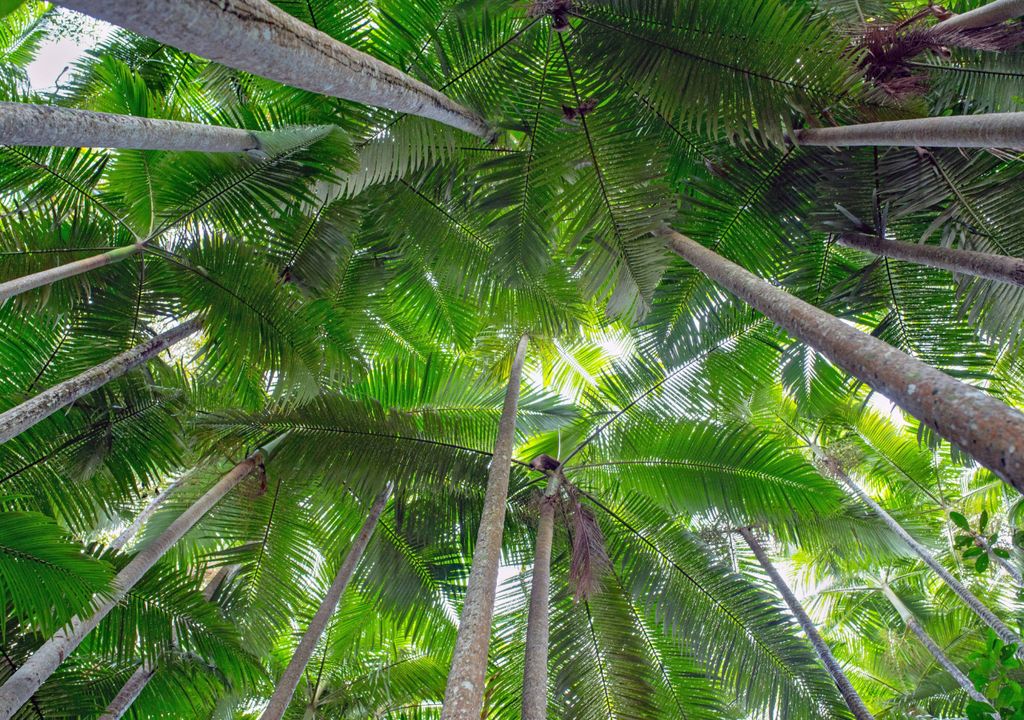
The Atlantic Forest is one of the most important regions on the planet for large-scale ecological restoration, with 12 million hectares of land pinpointed for restoration and natural recovery. The research suggests increasing forest cover beyond 40% may be necessary to maintain species diversity; to preserve and restore the functioning of ecosystem services, such as seed dispersal and carbon storage; and to ensure massive-scale restoration in this region.
“We have always known that birds are essential, but it is remarkable to discover the scale of those effects,” says Thomas Crowther, Professor of Ecology. “If we can recover the complexity of life within these forests, their carbon storage potential would increase significantly.”
"By identifying the thresholds of forest cover in the surrounding landscape that allow seed dispersal, we can identify areas where natural regeneration is possible, as well as areas where we need to actively plant trees, allowing us to maximize the cost-effectiveness of forest restoration,” says Danielle Ramos, a co-author affiliated with the University of Exeter and Universidade Estadual Paulista, Rio Claro.
News Reference
Bello C, Crowther TW, Ramos DL, Morán-López T, Pizo MA, Dent DH (2024), Frugivores enhance potential carbon recovery in fragmented landscapes, Nature Climate Change.

